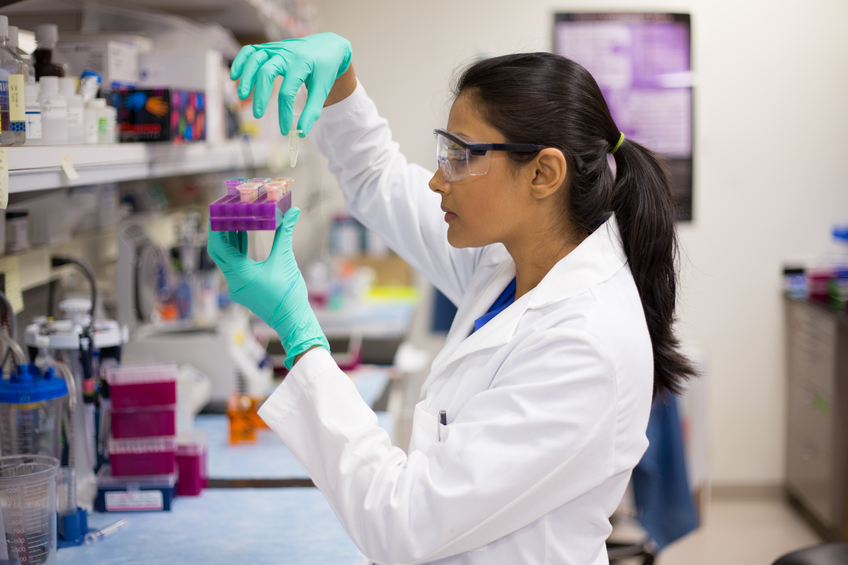
People are more likely to remember the bright smile and indomitable spirit of Mount St. Joseph University basketball player Lauren Hill than the name of the disease that claimed her life.
That’s how it is with diffuse intrinsic pontine glioma (DIPG). The name of the disease is forgettable. The names and faces of the children are not. Michael, Madeline, Simon, Hope, Jack.
“This is not just about one person,” says Keith Desserich, co-founder of The Cure Starts Now, who lost his daughter, Elena, to DIPG. “In every area, people know a child and he or she is their hero. Their inspiration.”
Each year, about 300 children in North America and Europe are diagnosed with DIPG. One of the deadliest cancers among children, DIPG tumors affect an area of the brainstem called the pons, which controls many of the body’s most vital functions, such as breathing, blood pressure and heart rate.
Patients often begin experiencing symptoms such as problems controlling eye movements, facial expressions, speech, chewing, and swallowing, weakness in the arms and legs, and problems with walking and coordination shortly before diagnosis.
Because DIPG tumors are located in a critical part of the brainstem and grow out into the healthy tissue, surgical removal isn’t an option. DIPG is also resistant to chemotherapy. While radiation therapy is effective in shrinking DIPG tumors and reducing pressure on the brain stem, results often last only about six to nine months. The median survival rate after diagnosis remains less than a year.
As families who have battled DIPG will attest, the only hope lies in clinical research. Hill, dedicated her final months to raising money for The Cure Starts Now, which awards grants to researchers seeking a “home run cure” for cancer by targeting DIPG.
“As a society we have tweaked our way to better treatments by focusing on cancers that affect the largest number of people,” Desserich says. Because DIPG is rare and there are no existing therapies, DIPG research isn’t about incremental improvement but on finding entirely new ways to combat the disease. “This is an entirely different way to approach cancer and the one we can learn the most from.”
To find out more about The Cure Starts Now, its mission and the research it supports, visit their website.

